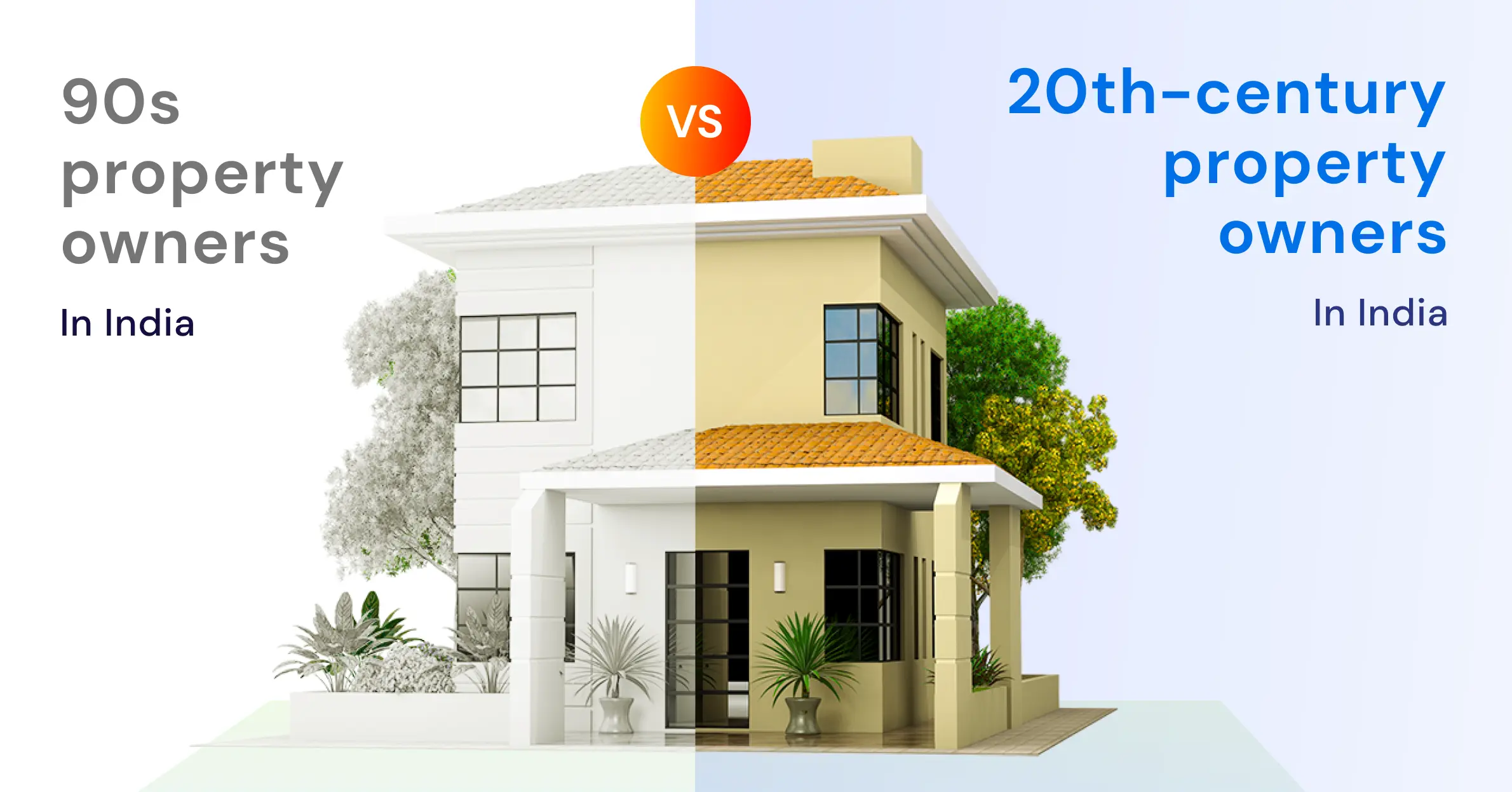
As the world progresses and technology advances, many aspects of our lives change and evolve. One such aspect is the world of property ownership, and in particular, the comparison between property owners in the 1990s and those in the 21st century in India.
In the 1990s, property ownership was seen as a symbol of success and stability. It was a time when the economy was growing rapidly, and there was a sense of optimism and optimism about the future. As a result, many people were eager to invest in property and become homeowners.
However, the process of buyia of buying property was often slow and tedious. It involved a lot of paperwork, legal hurdles, and bureaucracy, which made it difficult for people to navigate. In addition, there was a lack of transparency and accountability, which made it easy for unscrupulous individuals to take advantage of people who were looking to buy property.
In contrast, the 21st century has seen a significant shift in the way property ownership works in India. The availability of property has increased significantly, thanks to the growth of the economy and the development of new towns and cities. As a result, prices have become more affordable, and more people are able to buy property.
In addition, the process of buying property has become much more streamlined and efficient. The government has introduced various measures to make it easier for people to buy property, such as the introduction of online portals and mobile applications that allow people to access property listings, compare prices, and make offers.
Furthermore, there has been a greater emphasis on transparency and accountability in the property market. The government has introduced various regulations and laws to protect buyers and ensure that they are not taken advantage of. This has made it much easier for people to buy property with confidence, knowing that they are protected by the law.

One of the biggest differences between property owners in the 1990s and those in the 21st century is the way in which they finance their purchases. In the 1990s, the majority of property buyers relied on bank loans to finance their purchases. This meant that they had to go through a lengthy and often complicated process of applying for a loan, providing collateral, and meeting various requirements.
In contrast, 21st-century property buyers have a much wider range of financing options available to them. In addition to bank loans, they can also access other forms of financing, such as mortgage loans, home equity loans, and personal loans. This has made it much easier for people to buy property, even if they don’t have a lot of money saved.
Another key difference between property owners in the 1990s and those in the 21st century is the way in which they use their property. In the 1990s, the majority of property owners used their property as a place to live. They would buy a house or an apartment and move in, either on their own or with their family.
In the 21st century, however, property ownership has become much more flexible. Many property owners use their property for multiple purposes, such as renting it out to tenants, using it as a vacation home, or even selling it to make a profit. This has given property owners much more control over their property and has allowed them to use it in a way that best suits their needs and preferences.
Overall, the comparison between property owners in the 1990s and those in the 21st century.

